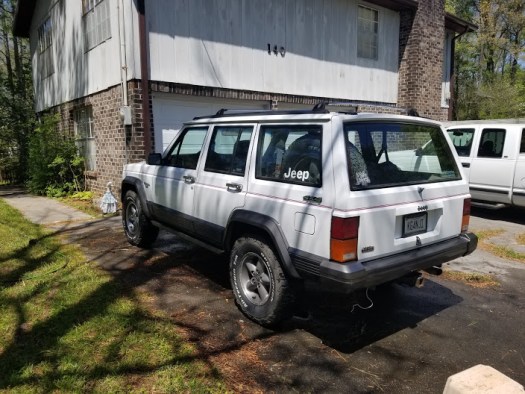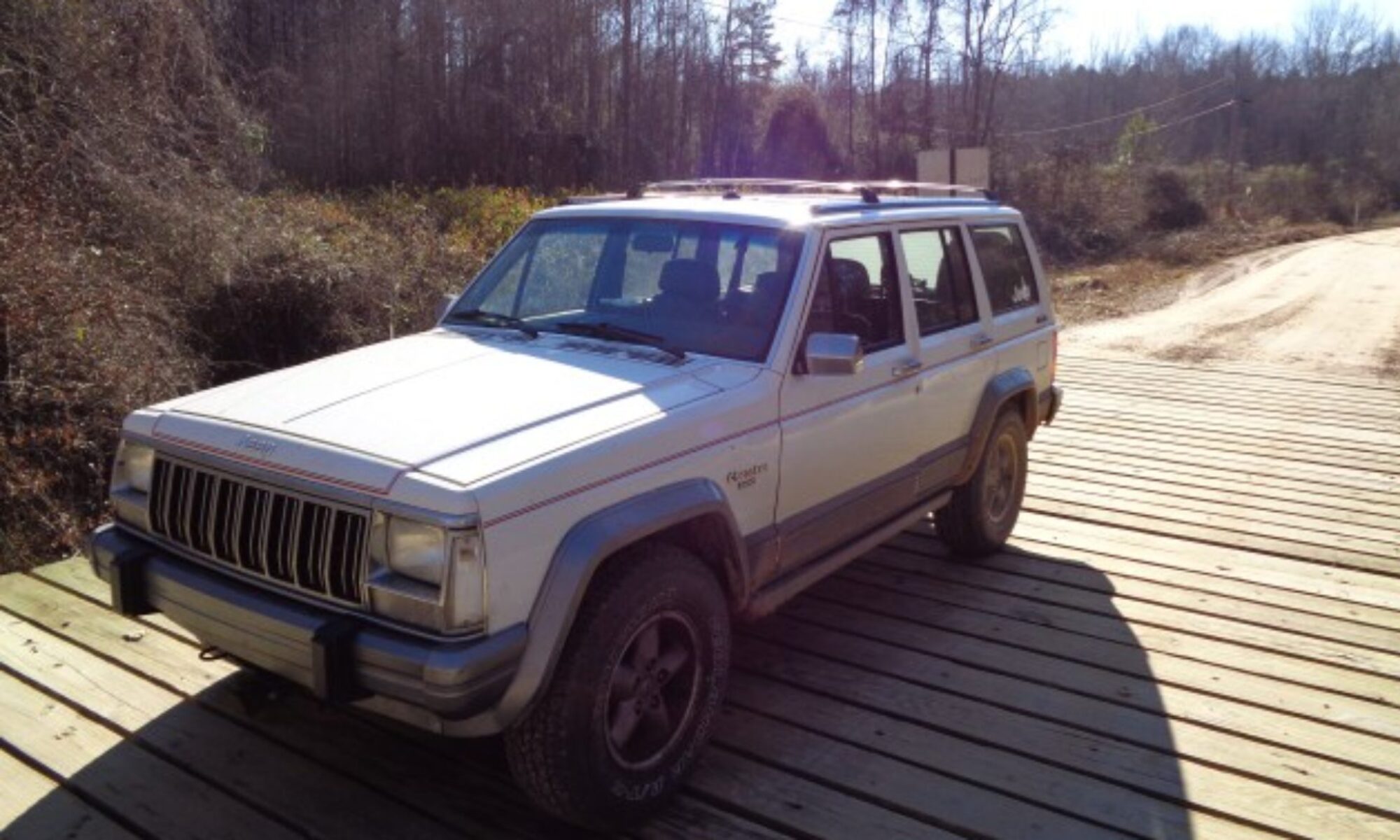Dads Wagoneer died in the driveway and then would not restart
I got a text form my mom that their Wagoneer had died in the driveway blocking their other car. I did not have much time that day so I just used a strap and towed it out of the way. I tried a few things but I could not get it to start and I assumed it was the CPS.
The story was , Dad had driven it from the barn to the house and it had started fine. He left it running while he loaded up some food they were taking to some one from the church. As he was fastening his seat belt the engine stopped. Then it would not restart.
The next day, I loaded it on the my trailer and took it to my shop. There, I hooked up my REM and got codes for the Crank Sensor and the cam sync sensor. RENIX computers don’t do OBD type codes and a REM is required to diagnose.
I knew the RENIX will run fine with the sync sensor. This Jeep has been running with out one for a while. The computer just makes a guess as to which bank it is on at start up and it runs fine even if it gets it wrong. I had also suspected the CPS was going bad for a while so I had stashed a spare in his glove box.
On the lift, I pulled the front driveshaft as I can’t get my arms up to the bell housing with it in the way. Then I removed the two bolts that hold the sensor in place. That is when I found the rubber cover over the hole was missing when I heard the bolt drop inside the bell housing.
I then had to remove the inspection plate. Once I did, the bolt was just sitting int he bottom and easy to remove. I left it off for the reinstall in case I dropped it again.
I inspected the old sensor and saw evidence that the wire had been too close to the exhaust. Even the cover over the wires had melted. Likely the sensor is fine but the wires are no longer making contact.
I carefully routed the new wire to be as far away from the exhaust as possible. I think I will add some heat resistant covering later to try to make this one last longer.
With the new sensor plugged in the XJ Wagoneer started right up. The only code showed by the REM was the cam sync so I returned the Jeep to my Dad. Hopefully it will be ready for service next time he needs it.









